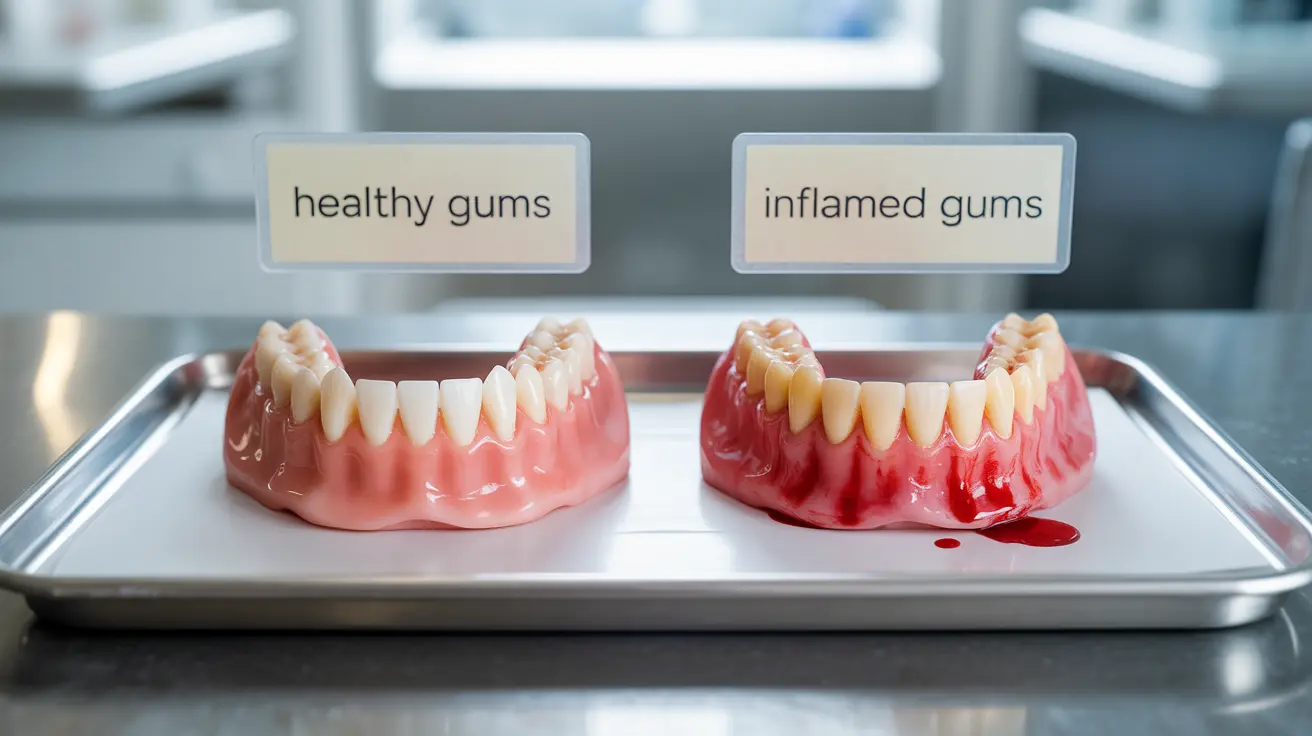Bleeding gums are a common oral health concern that can signal various underlying issues, from simple brushing technique problems to more serious periodontal conditions. Understanding the causes and knowing how to address this symptom is crucial for maintaining both oral and overall health.
While occasional gum bleeding might seem normal, particularly during brushing or flossing, persistent bleeding should never be ignored. This comprehensive guide will help you understand when to be concerned, how to treat bleeding gums at home, and when to seek professional dental care.
Common Causes of Bleeding Gums
Several factors can contribute to bleeding gums, ranging from mild to more serious conditions:
Poor Oral Hygiene
Inadequate brushing and flossing can lead to plaque buildup along the gumline, causing inflammation and bleeding. This is often the most common and preventable cause of bleeding gums.
Medical Conditions
Various health conditions can contribute to bleeding gums, including:
- Gingivitis
- Periodontitis
- Vitamin K deficiency
- Vitamin C deficiency
- Blood disorders
- Diabetes
Medications and Lifestyle Factors
Certain medications and habits can increase the likelihood of bleeding gums:
- Blood-thinning medications
- Hormonal changes during pregnancy
- Smoking
- Stress
- Poor nutrition
Treatment Options for Bleeding Gums
Home Remedies
Several effective home treatments can help address bleeding gums:
- Salt water rinses
- Gentle brushing with a soft-bristled toothbrush
- Regular flossing with proper technique
- Cold compress application for swelling
- Increasing vitamin C intake
Professional Treatments
When home remedies aren't enough, dental professionals may recommend:
- Professional dental cleaning
- Scaling and root planing
- Antibiotic treatments
- Laser therapy
- Surgical interventions for severe cases
Prevention Strategies
Preventing bleeding gums requires a comprehensive approach to oral health:
Daily Oral Care Routine
- Brush twice daily with fluoride toothpaste
- Use a soft-bristled toothbrush
- Floss daily
- Use an antiseptic mouthwash
- Replace your toothbrush every 3-4 months
Lifestyle Changes
Making certain lifestyle modifications can significantly improve gum health:
- Maintain a balanced diet rich in vitamins C and K
- Quit smoking
- Reduce stress levels
- Stay hydrated
- Schedule regular dental check-ups
Warning Signs and When to Seek Help
While some gum bleeding may resolve with improved oral hygiene, certain symptoms warrant immediate professional attention:
- Persistent bleeding despite improved oral care
- Swollen, red, or tender gums
- Receding gums
- Loose teeth
- Persistent bad breath
- Changes in bite alignment
Frequently Asked Questions
What are the common causes of bleeding gums and when should I be concerned?
Common causes include poor oral hygiene, gingivitis, medications, and underlying health conditions. Be concerned if bleeding persists for more than a week with proper oral care, or if accompanied by pain, swelling, or loose teeth.
How can I treat and stop my gums from bleeding at home?
Implement proper brushing and flossing techniques, use saltwater rinses, apply cold compresses for swelling, and ensure adequate vitamin C intake. Maintain consistent oral hygiene practices and use a soft-bristled toothbrush.
Can bleeding gums lead to tooth loss or other serious health problems?
Yes, untreated bleeding gums can progress to periodontitis, leading to tooth loss. Research also links gum disease to cardiovascular problems, diabetes complications, and other systemic health issues.
What is the best way to prevent bleeding gums through oral hygiene and lifestyle?
Maintain thorough oral hygiene with proper brushing and flossing techniques, use appropriate dental tools, eat a balanced diet, avoid tobacco, and schedule regular dental check-ups.
When should I see a dentist for bleeding gums and what treatments might they recommend?
See a dentist if bleeding persists for more than a week, or if accompanied by pain, swelling, or loose teeth. Treatments may include professional cleaning, scaling and root planing, antibiotics, or more advanced periodontal procedures depending on the severity.




